Story
One Classroom, Many Paths
Three schools are making individualized learning work for their students
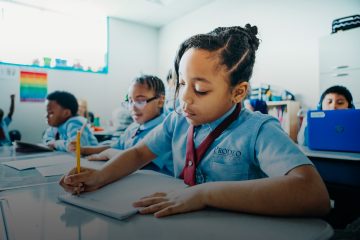
If you’re reading this story, you are likely the product of schools similar to the ones where your parents and grandparents learned to read, write and do arithmetic.
In classrooms divided by age-based grade levels, teachers lectured to students lined up in rows, each one completing the same homework and exams to earn letter grades in an environment driven by the ringing of school bells.
“Our schools are designed to respond to the Industrial Revolution of 1900, not 2020,” says Ben Rayer, founding partner of 2Revolutions, a national education design lab. “We’ve been training kids for the wrong future.” The organization has partnered with the Bush Foundation to design and implement School Design for Individualized Learning, a grant program and coaching opportunity for K-12 schools in Minnesota, North Dakota, South Dakota and the 23 Native nations that share the geography.
By helping educators reimagine and redesign learning environments, she explains, the program endeavors to put students in the center. This means creating schools that address who students are, how they learn and what they want to do in the future, equipping them with the tools to pursue skill- and passion-driven paths. “It’s about making education more relevant for students who are students now,” she says.
Read on for a snapshot of three schools in the program that are deep in the trenches of figuring out — day by day, classroom by classroom — how to individualize learning so that every student thrives.
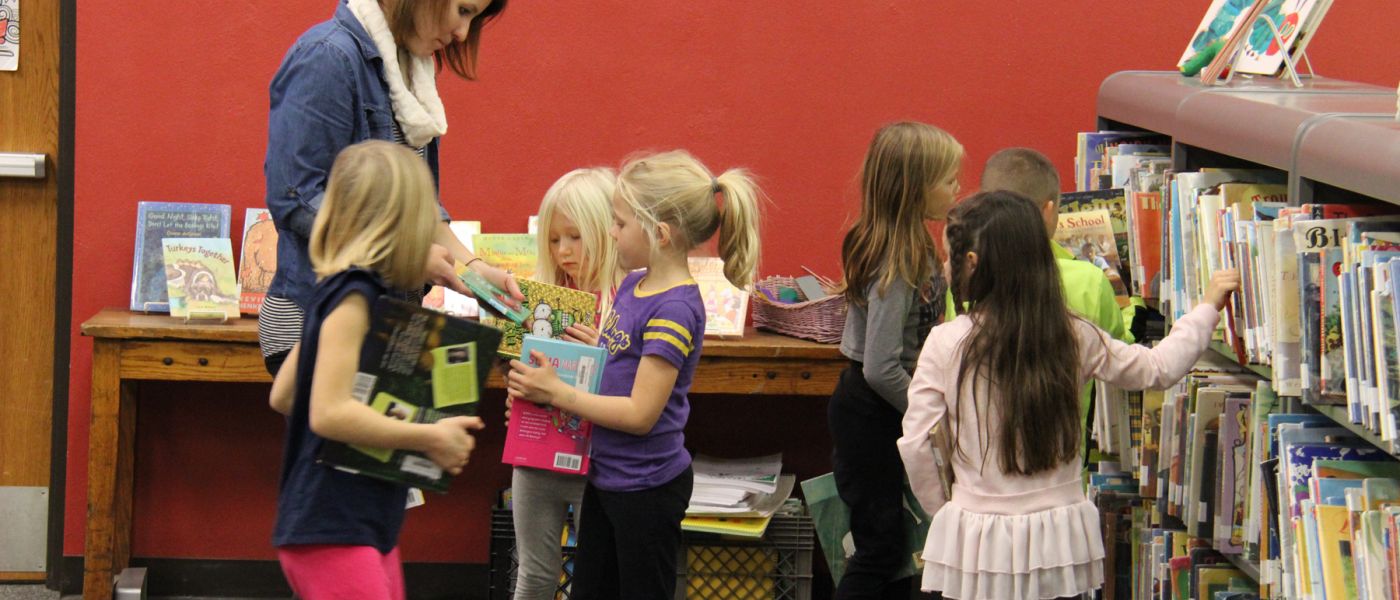
Spring Grove School | Spring Grove, Minnesota
Picture a single teacher instructing a roomful of students ranging from age 6 to 17 — a snapshot of public education in 19th-century rural America — and you’ll have a rough idea of the one-room schoolhouse built in 1857 in the southeastern Minnesota town of Spring Grove. While this image may be a blast from the past, the idea that students work best in an environment that’s both collaborative and self-paced extends to the curriculum redesign underway at Spring Grove’s K-12 campus: personalized, self-directed learning in multi-age and multi-level classrooms. It’s a journey that relies on enthusiastic support and input from staff, like math teacher Kelsey Morken, who has come to the conclusion that “teaching to the middle no longer exists.”
As Spring Grove problem-solves its way through the first implementation stage of the redesign process, student-centered learning shines brightest in their Maker’s Space, a daily 40-minute class where students collaborate with an architecture graduate student to design a two-story, three-bedroom family house inspired by Norwegian architecture. The project reflects the small town’s deep cultural roots: Spring Grove was Minnesota’s first Norwegian settlement. When the ground thaws in late spring 2019, students will partner with Habitat for Humanity and community volunteers to build the very house they helped design.
“It was their own idea,” says Maker’s Space teacher Karen Tisthammer. She describes how the house project took root during a community meeting, when officials from the Spring Grove Economic Development Authority (EDA) asked what the town needed most. “And the kids suggested housing.”
While this kind of ambitious project might never take off in a traditional school setting, an individualized learning environment presents a perfect incubator for student-driven work: a real-world project where students provide the initial creative spark and then execute from start to finish.
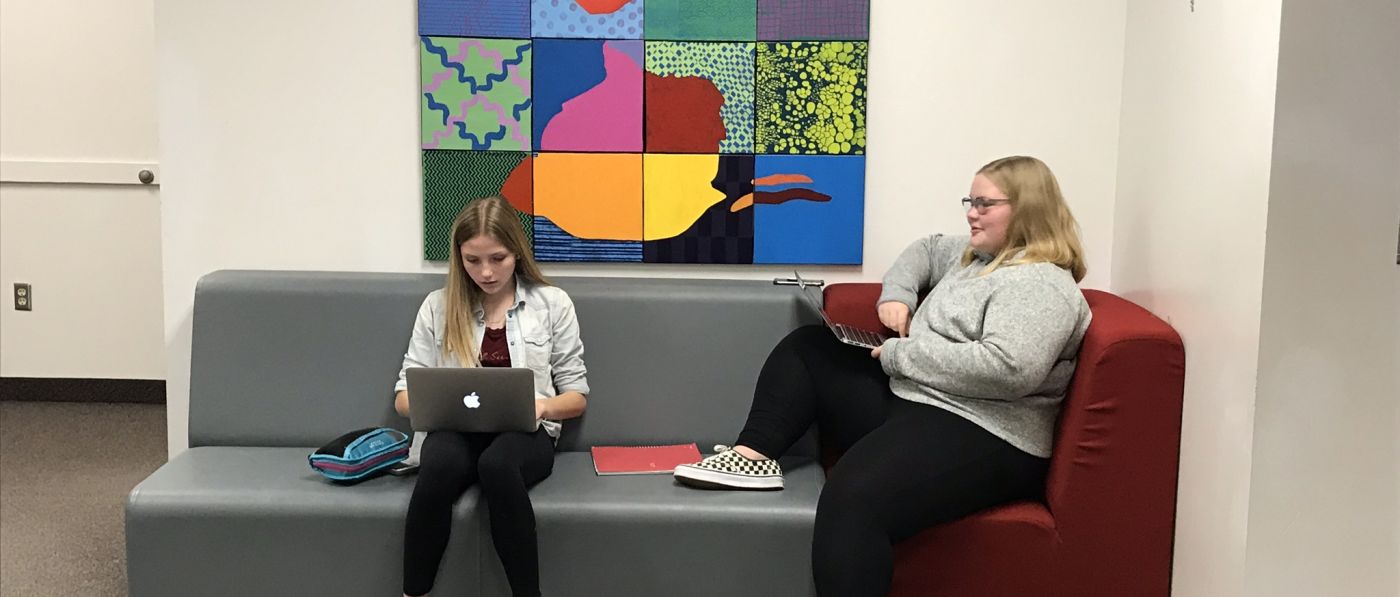
In 2015, Spring Grove School began a bold strategic planning process with community stakeholders. No longer a one-room schoolhouse, it had grown into a modern brick building with separate hallways for its 361 elementary, middle and high school students. Their goal? To create an environment in which students could exercise ownership over their learning — and where teachers could innovate and experiment, recalls Superintendent Rachel Udstuen. “Our dream is to create a 21st-century one-room schoolhouse.”
That dream first became tangible with a couch (or three). “One summer, we ordered some new furniture, spurred by the question, ‘How can we make a space more collaborative and flexible?’” Udstuen says. When students returned to school in the fall, they found hallways transformed by couches and bar stool-lined counters, inviting spontaneous collaboration. Such human-scale design, the brainchild of Minneapolis architecture firm Fielding Nair, was an instant hit. Another change: no more warning bell between classes.
“We still have a schedule, though,” Udstuen says, laughing. Before the bells were eliminated, students rushed from class to locker to restroom to their next class. “We were thinking, ‘Why are we doing this?’” Udstuen admits. “The goal was to reduce stress.”
Yet what about students who struggle to manage the freedom of a less regimented structure? “That’s a teaching moment,” Udstuen says. “If we’ve never given them the chance to fail, what are they going to do when they get to college?”
On a recent day, when Udstuen jumped in as the Maker’s Space substitute teacher, students were so transfixed by their work on the house design project that when it was time to go to the next class, they stayed glued to their seats. Udstuen could see a difference between kids being compliant and kids being engaged.
For Udstuen, this moment served as a reminder of why students need the flexibility of personalized learning environments. “The hope would be if a student’s really engaged in an activity,” she says, “they wouldn’t have to stop just because it’s time to go.”
As the class undertakes a rigorous crash course in architecture, they’ve learned how to balance aesthetic principles, functional design and livable spaces. When students suggested to the supervising architect that the children’s rooms could be larger and more hangout-friendly, the blueprints changed. “We’re teenagers, and that’s where we go,” student Marie says.
For Marie, investing in the community has been the most exciting part of her experience in Maker’s Space. “We’re helping people finally get a place of their own. When we drive by that house, we can think ‘I did that.”
Prodeo Academy | Minneapolis and St. Paul
Inside Prodeo Academy’s redbrick St. Paul campus, students quietly file across polished wooden floors in their navy and white uniforms. The majority of the school’s 77 students are refugees, many of whom have emigrated from Thai refugee camps that shelter Karen and Kayah ethnic minorities from Myanmar.
Down the hall, a peek inside Kathleen Boland’s mixed K-1 classroom reveals a learning environment that feels reassuringly recognizable, yet quietly revolutionary. As she animatedly taps out phonics exercises around a table with five students, a handful of children quietly work on phonics worksheets at a nearby table. On the bright carpet, another cluster of students does self-paced activities on tablets. Colorful bucket chairs are part of the flexible seating that allows kids choice and variety. In an inviting reading nook called the Peace Corner, where students can choose to take three short breaks per day, a lone boy daydreams in a rocking chair.
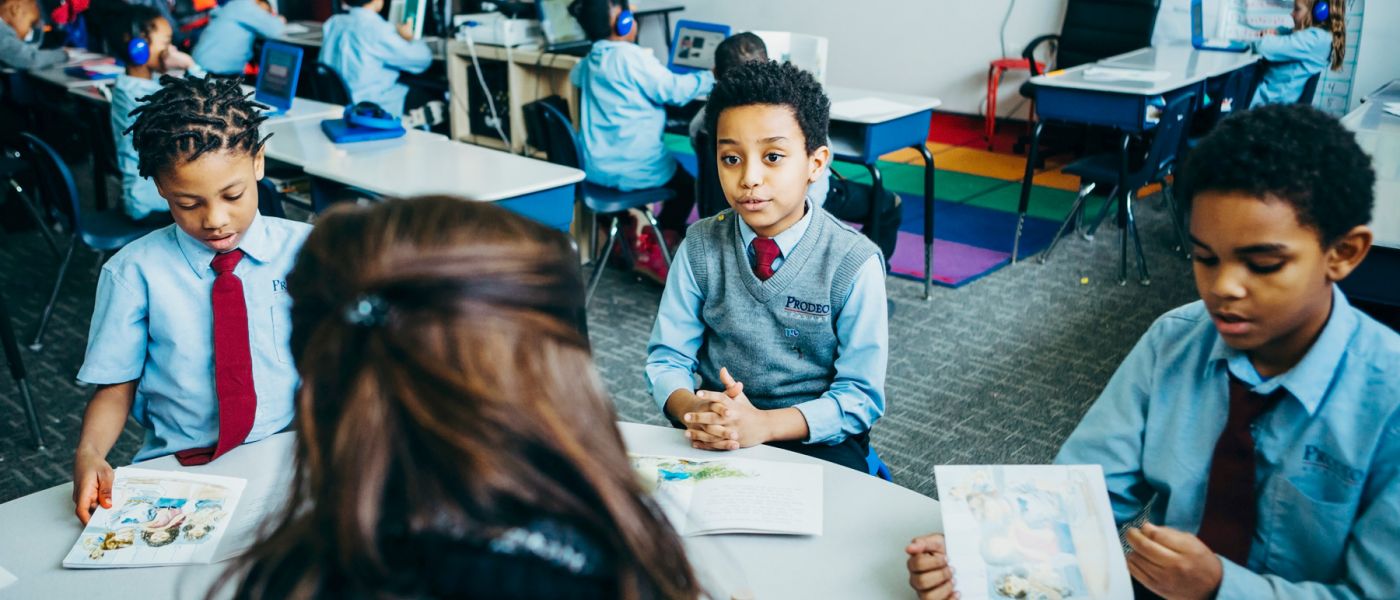
While the scene in Boland’s classroom appears almost magical, it’s the fruition of careful research and hard work. Around 75% of Prodeo’s students enter kindergarten before having the opportunity to master certain readiness skills, such as recognizing the difference between letters and numbers. And while individualized learning isn’t a blanket solution to every pedagogical problem, it means that teachers are equipped for the delicate balancing act of supporting some students as they forge ahead toward new challenges while helping others catch up on foundational concepts.
Boland, who has integrated individualized learning into her classroom for 14 years, now collaborates with Principal Liz Ferguson and her fellow colleagues on the school’s curriculum development and design. The detailed weekly and daily breakdown of learner-centered activities in Boland’s class is a marvel of highly calibrated precision. That’s especially impressive considering that the campus is in its fledgling year. After implementing small student-centered learning pilot projects at their Minneapolis campus, school leaders drew upon those experiences to design the St. Paul school, which places a more comprehensive focus on individualized learning. At the St. Paul campus, it is “woven into the school design,” co-founder Rick Campion says.
Boland’s intricate breakdown is just one impressive piece of the technology and data-driven culture that helps Prodeo Academy thrive. Creative use of technology in the classroom means that first graders making speedy progress on a phonics unit can jump ahead, and that a struggling student can easily review key concepts before moving on. Creatively harnessing tech also helps them engage students from a variety of cultural backgrounds and native languages.
Ongoing assessment of students’ understanding of the subject matter is integral. For a class to move forward to a new unit, Ferguson explains, “80% need to be mastering 80% of content. If students are struggling, they will back up.”
This data crunching, of course, takes time. Each Prodeo teacher is equipped with a 105-minute daily period for prep, research and grading. There’s also a weekly data analysis meeting with Ferguson, and, every six weeks, an in-service (read: no classes) “data day” when teachers assess, reflect and rechart their classroom’s course.
This kind of explicit structural design is necessary, Ferguson says, to help teachers make the leap from a more traditional instructional model. Teachers not only carefully structure academic work, she stresses, but also do “the socio-emotional groundwork to prepare students.” To that end, the school teaches science and social studies through play-based curricula, which research suggests can foster confidence, spontaneity and social skills such as cooperation and empathy. Even behavior interventions, Ferguson points out, are movement- and talk-based rather than punitive. For example, a student might be encouraged to discuss their feelings using colors. “We want to keep students engaged and responding to consequences,” Ferguson reflects.
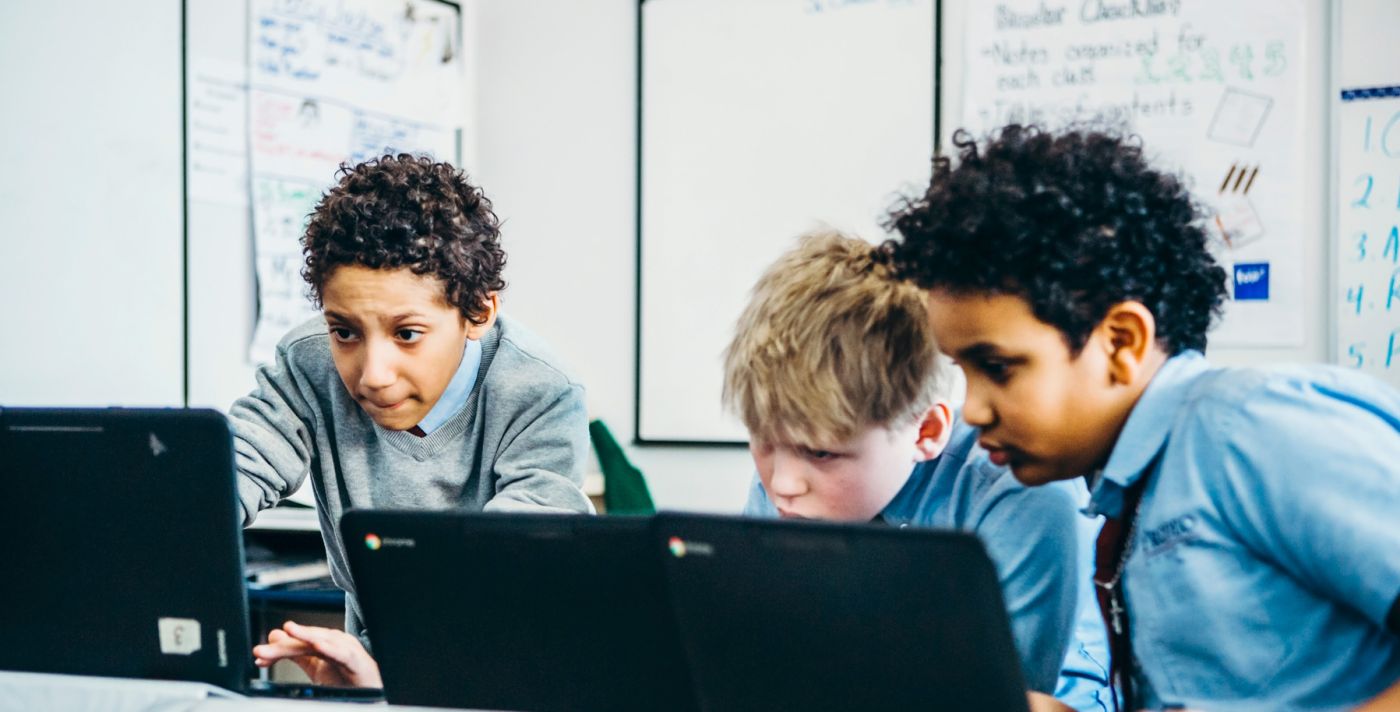
When students talk about their experience at Prodeo, however, it’s not data, tech or structure that pop up in conversation — it’s choice, the freedom of self-paced assignments, and joy. “Math is easier for me to understand because I can go at my own pace,” reflects elementary student Lydia. “In reading, I like that I get to pick my own books. It makes it so I really like reading.”
Ferguson smiles as she recalls one of Prodeo’s students, a boy named Anderson who immigrated from Mexico at age 5. When he was encouraged to set a personal learning goal, his response was particularly enthusiastic and ambitious: He wanted to read his book of choice six times each day. As he worked toward and was held accountable for his goal, his classroom engagement skyrocketed.
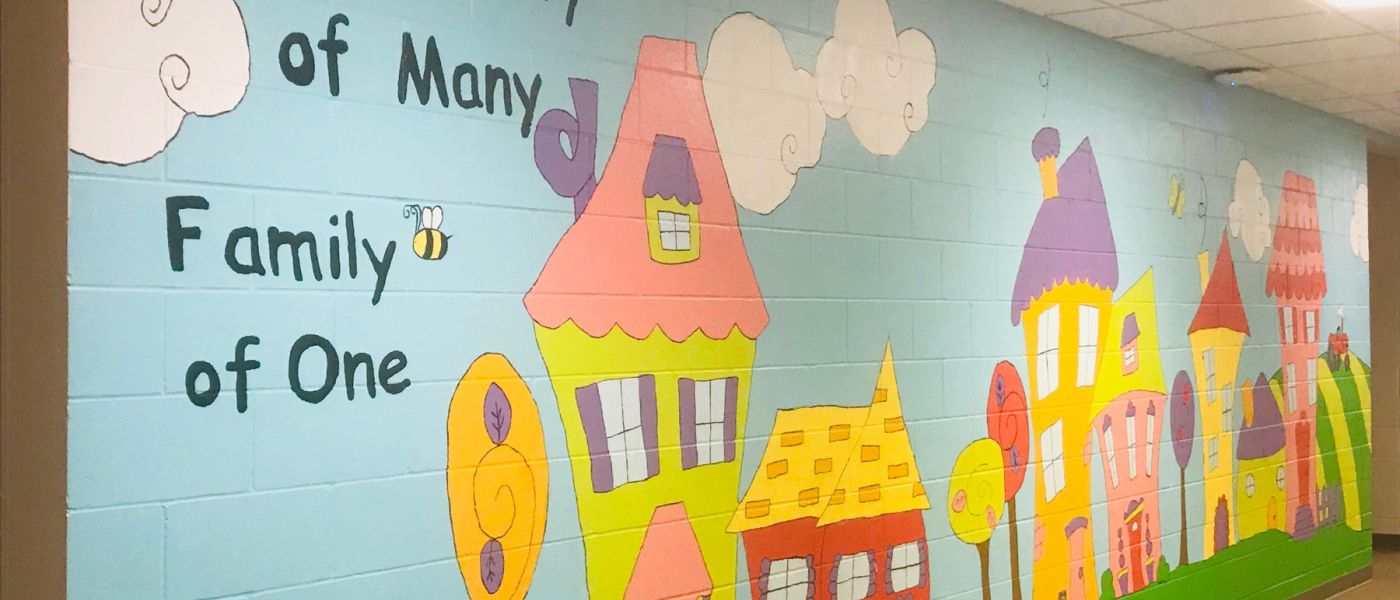
Northern Cass School | Hunter, North Dakota
When Northern Cass sophomore Silver wanted to compose a symphony for the school’s concert band, her dream became an official part of her class schedule. She now has a weekly three-hour block, supervised by the music teacher, to work on the project.
That’s just one success story from Northern Cass’ Jaguar Academy, a student-centered learning program that currently enrolls about 40 students from 8th through 10th grade — or about 8% of the entire PreK-12 student population in this rural agricultural community. Students undertake self-paced, individualized learning projects for at least three core courses each semester. “We’re giving students lots of opportunities to develop their own agency,” Superintendent Cory Steiner says.
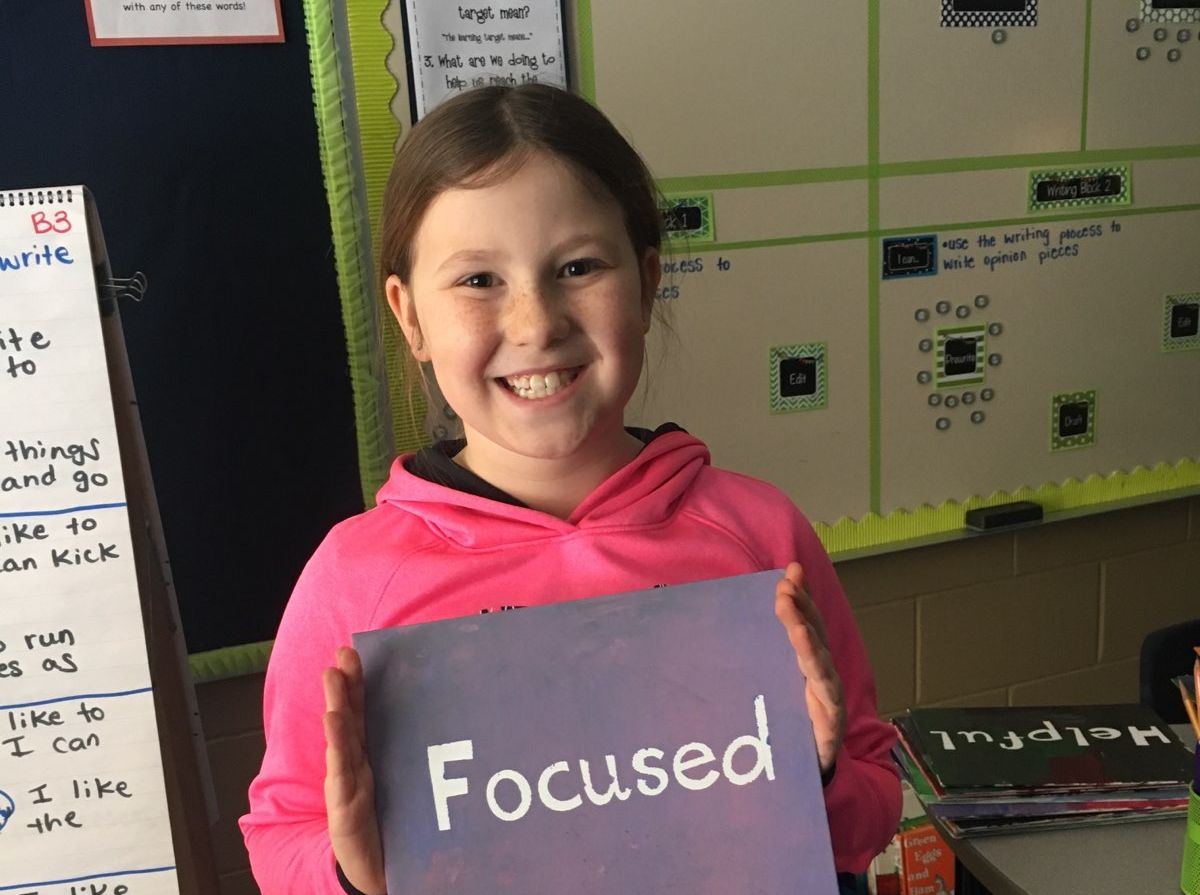
While the Jaguar Academy may be the crown jewel of Northern Cass’ instructional redesign, teachers are experimenting with individualized learning across the PreK-12 school. Next year, they’ll take a massive leap: 2019-2020 will mark the beginning of full proficiency-based grading, jettisoning traditional letter grades for a system designed to motivate — and more accurately assess — student progress. Along with encouraging students to focus on mastering meaningful skills rather than receiving A’s on exams, this style of grading also keeps students from measuring themselves against their peer group, leaving them free to strive instead toward their own interests and potential.
Now in his second year at the Jaguar Academy, ninth grader Timothy explains how he demonstrated competency in English, social studies, math and science through a year-end collaborative project. His small group worked on integrating those four subjects to analyze the earth’s fifth mass extinction — otherwise known as the fall of the dinosaurs. “We were asked to show the skills we learned over the year, such as critical thinking, and to show how we learned those skills,” Timothy recalls.
This radical departure from the traditional classroom is not simply a steep learning curve for students, but for parents as well. While some have expressed concerns about how proficiency-based assessments that eschew the traditional A-F grading system will translate to college applications, Timothy’s mother happily reports, like many parents, being “all in.” “My son is so focused, and he’s taking ownership over his education,” she says.
One surprising success of personalized learning has occurred with students who have historically struggled in traditional classrooms. Steiner recalls one elementary school parent of a student with learning disabilities, who was ecstatic over her child’s newfound enthusiasm for school. All students, Steiner says, “have finally been given choices. With little kids, it’s A or B; with older kids, they’re actually designing some of the choices they have.”
Yet fostering student agency is a tricky proposition. Staff cannot expect students to venture outside their comfort zones unless they are supported throughout this unfamiliar process. That’s been the clearest piece of feedback from students. “They tell us,” explains Steiner, “’If you want us to own our learning, you need to let us fail so we can learn from it.’”
For a school redesign to be successful, it also pays to consider which tried-and-true methods might not easily be improved upon. Such was the case when teacher Liz Bjerke considered how to individualize teaching safe and correct knife use in her food and restaurant management classes, one of the building blocks of culinary arts. “We realized that we don’t want to personalize knife skills,” Bjerke says, laughing.
Continue reading
-
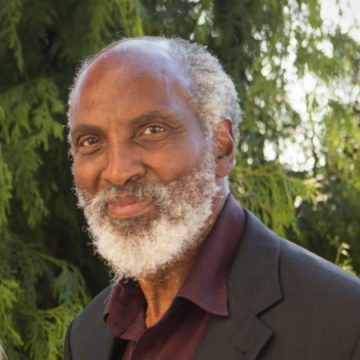
News
Power of Bridging Event
Mark your calendars for a special community event with john a. powell! Thanks to our friends at MPR News, we'll be hosting john at the Fitzgerald Theater on December 2 and hope you can join us!
-

News
Celebrating the 2025 Bush Prize honorees
Learn more about the 2025 Bush Prize honorees who are helping to make our region better for everyone!
-
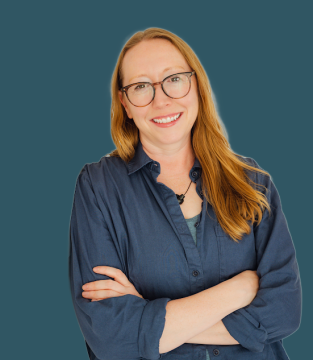
News
Welcome to new Bush staff members
We are celebrating some new Bush colleagues and hope you get to meet them soon!